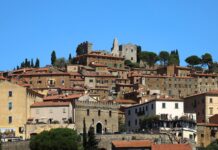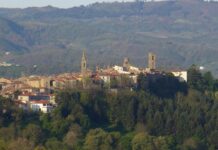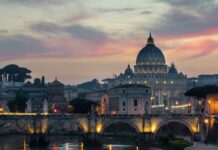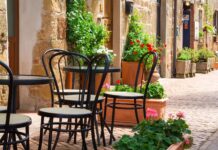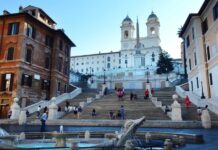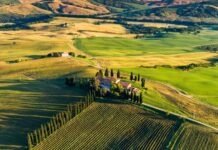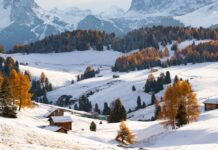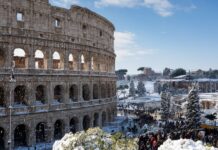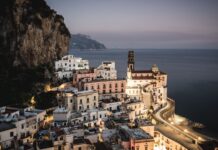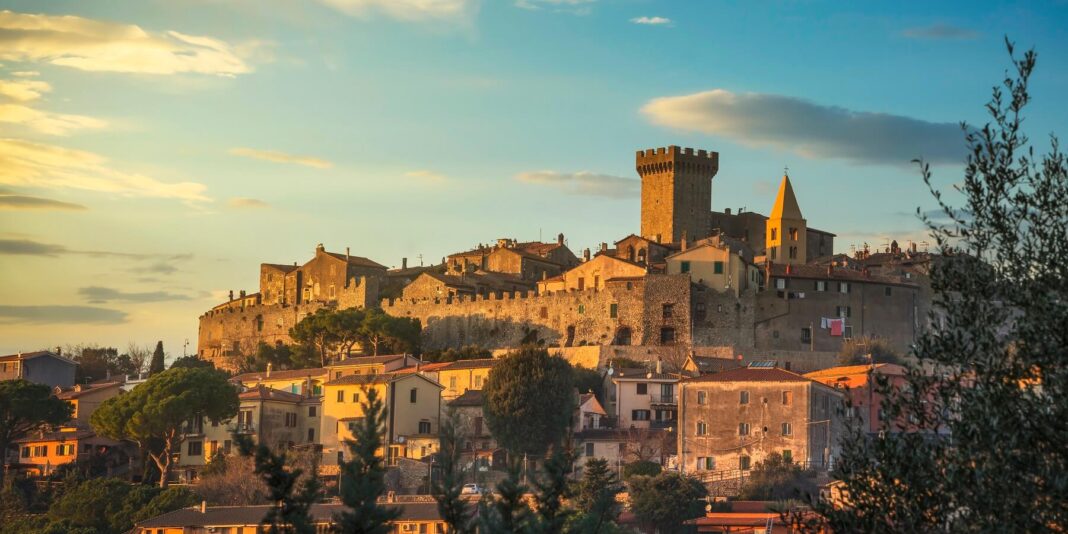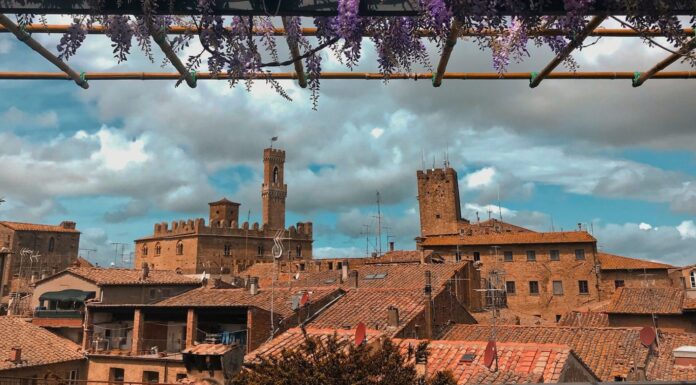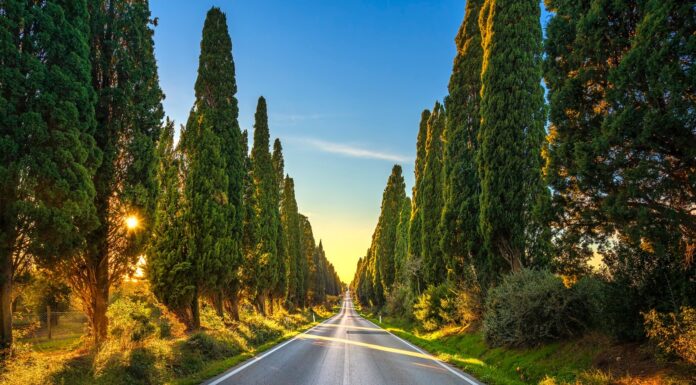Capalbio, an ancient medieval village in Tuscany, is known as one of the most precious places in Italy and as a pearl of the Tyrrhenian coast, located in the center of a majestic range of Tuscan hills. This town is the perfect destination for those looking for places rich in history, suggestive landscapes, and typical food.
Capalbio is closely linked to the Maremma coast and its sandy beaches, which belong to the WWF Oasis. It’s significantly important, then, to remember Ansedonia, Graticciaia, and Macchiatonda, wide and protected beaches which, due to their proximity to the center and their morphological appearance, offer days full of quietness or wellness and are popular amongst local and worldwide celebrities.
Are you looking for an Italian city where you can enjoy the maritime temperature, do long promenades among sand dunes, do birdwatching experiences, or visit Etruscan and Roman ruins? Read on to find out what to see, which events to attend, and what to expect from the timeless Capalbio.
Top 6 Things to Do in Capalbio
Here are the top 6 things to do in this fantastic Tuscan village:
1. Explore the town
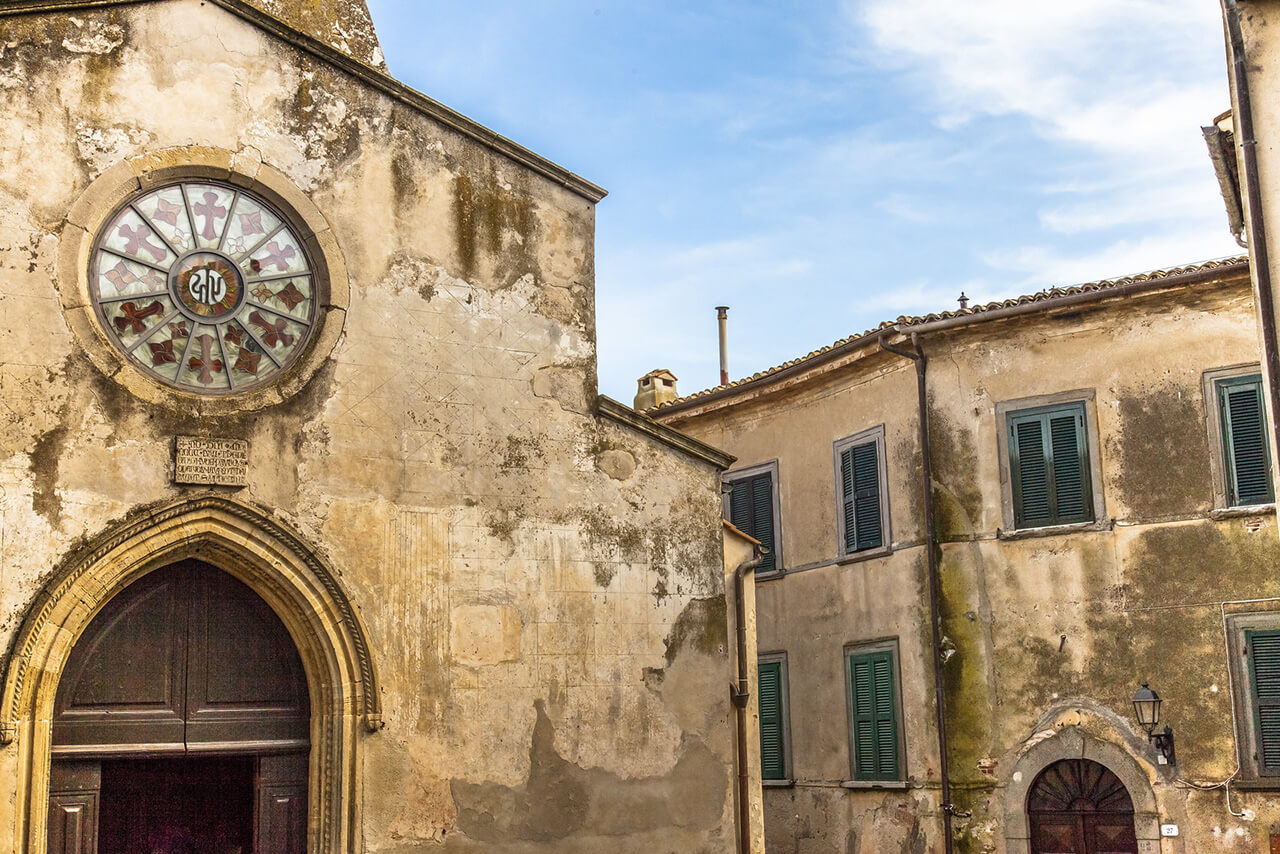
If you’re planning to visit Capalbio, we advise you to start the tour by exploring the main walls where a suggestive and typical panorama will welcome you. Along the way, you will admire the enchanting Porta Senese and its doors in solid wood (from the 15th century).
For all history enthusiasts, it will be unavoidable not to admire the Rocca Aldobrandesca and the San Nicola Church. It is an ancient and hidden religious treasure, was built in the Middle Ages and has multiple decorations and frescos of Gothic, Renaissance and Romanesque styles.
Many tourists also have to come here to walk through the narrow streets of the village.
2. The Walls
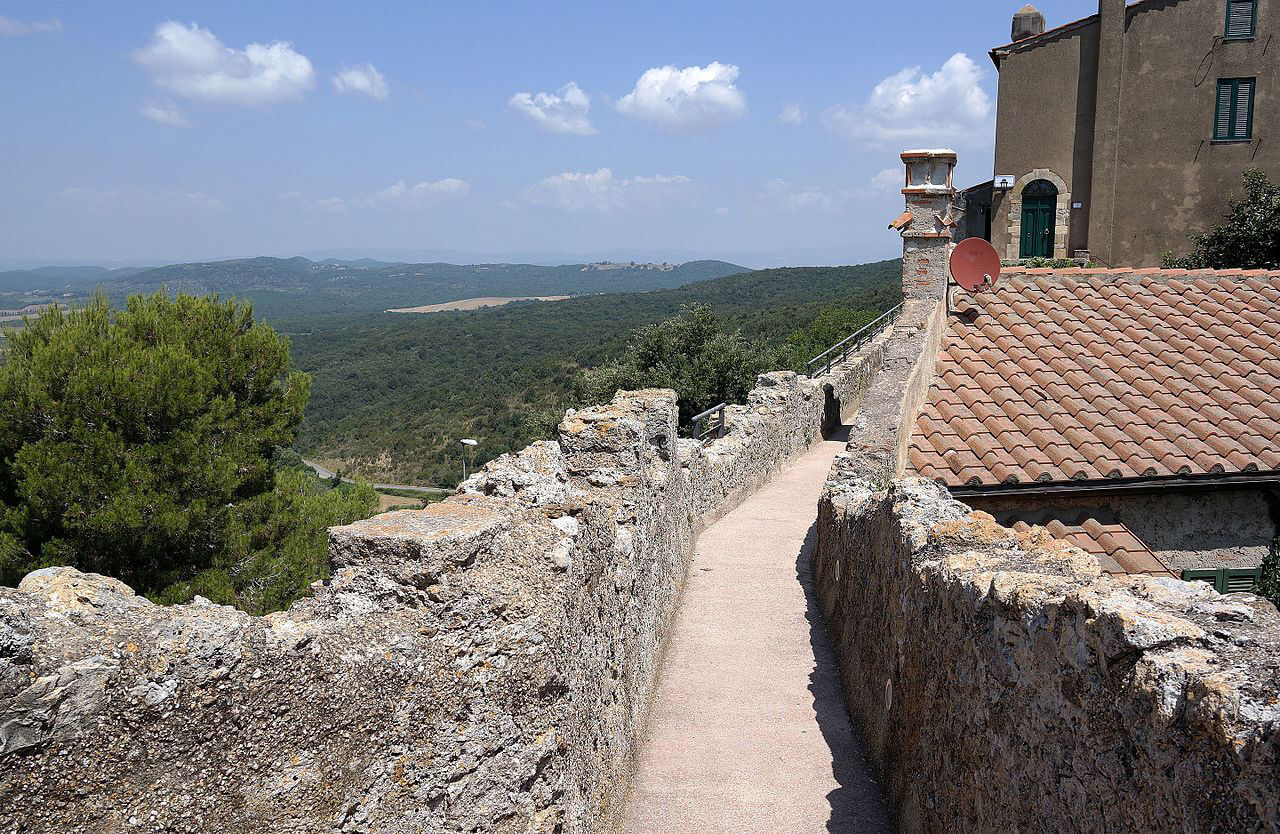
In ancient times, the Walls of Capalbio constituted the defensive circle of the village. You’ll notice different heights which will make the double patrol walkway very suggestive and a breathtaking view of nature will welcome you.
It is also possible to notice two different gates, but the main one is Porta Senese. There, you’ll see a specific plaque from 1418, which reminds people of the rebuilding process of the Walls.
3. The Castle
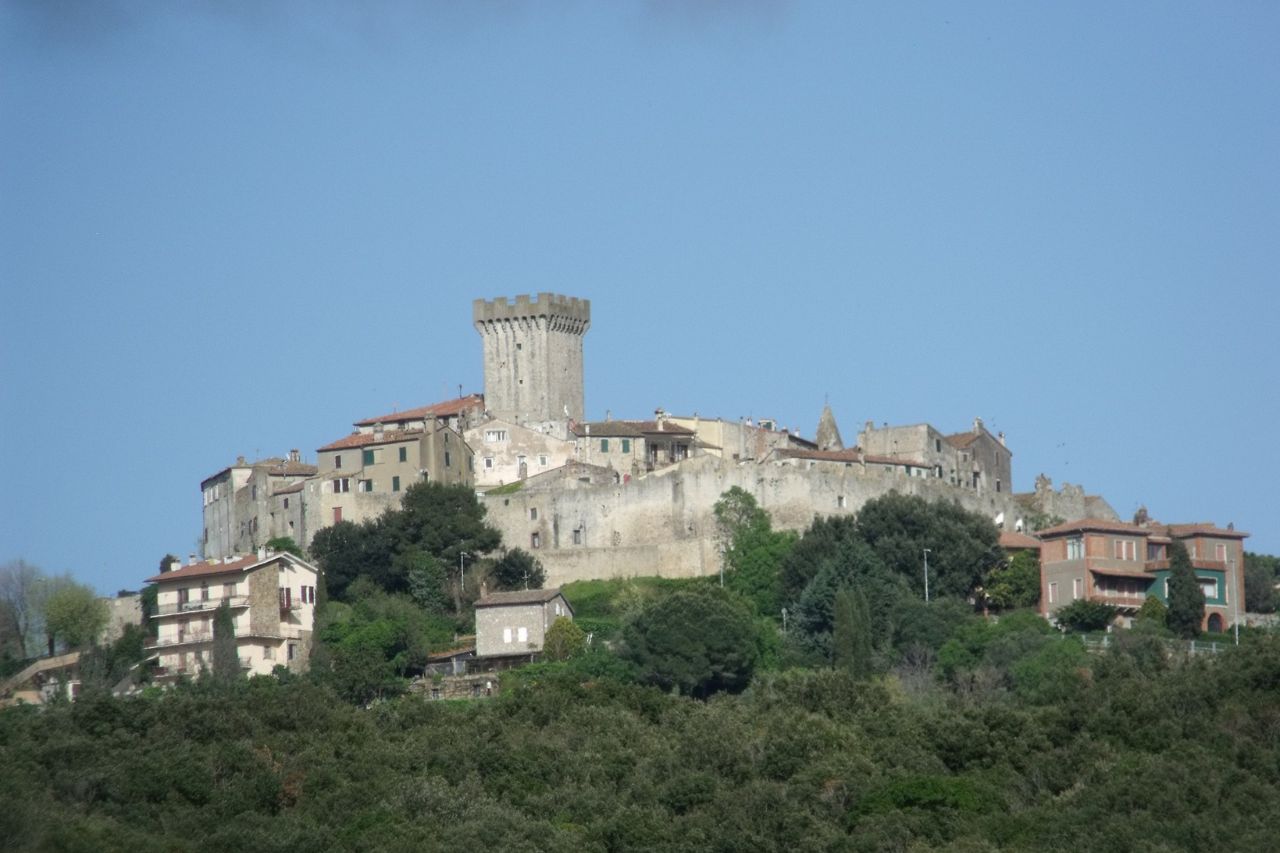
Impossible to miss the majestic Rocca Aldobrandesca, a gem coming directly from the Middle Ages. It is such a precious beauty because of its peculiarity (the “L” shape). You will see the elegant interiors and the piano, which Giacomo Puccini used to play.
Moreover, it’s fundamental to mention the Castle of Capalbiaccio, of which only a few ruins remain due to a strong earthquake that destroyed everything. This building previously belonged to the Aldobrandeschi family.
4. Church of San Nicola

Built between 1100 and 1200, the Pieve of San Nicola stands in the main square of Capalbio and can be easily reached on foot.
Indeed, it was built in Romanesque style and hosts remarkable fifteenth-century frescoes of the Umbrian and Sienese schools. These have been recently brought back to their former glory thanks to careful restoration.
The church’s strategic location and architectural splendor make it a cornerstone of Capalbio’s cultural and spiritual heritage, offering a direct link to the town’s rich medieval past.
5. Tarot Garden
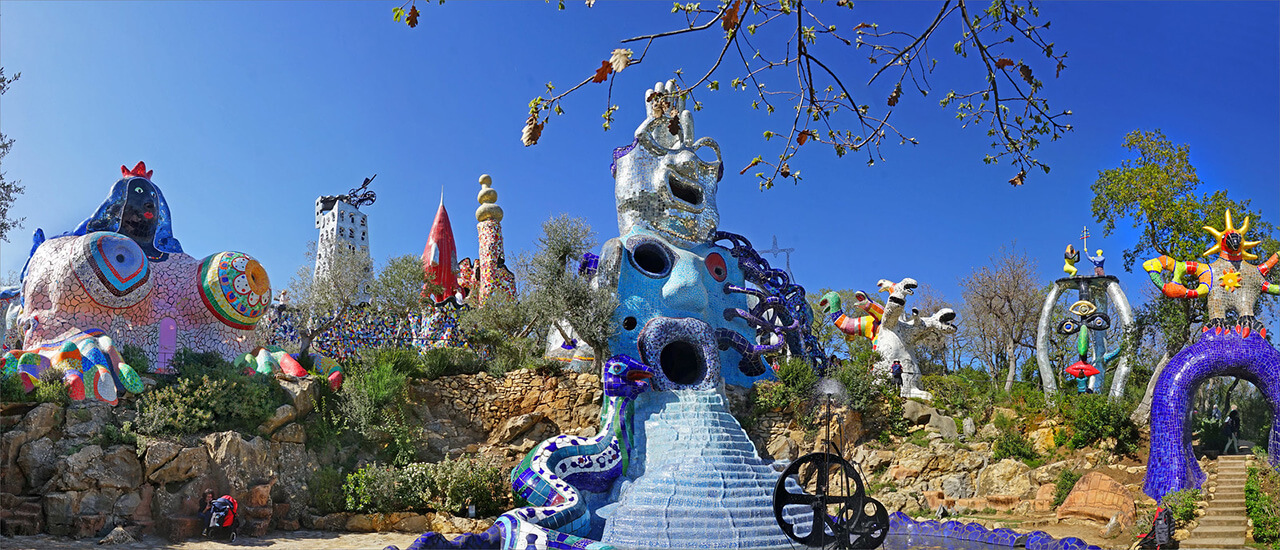
The Tarot Garden is a collection of colors, eccentricities, and patterns deriving from the work of the artist Niki de Saint Phalle. Very similar to Park Guell (based in Barcelona), this enchanted garden is located in the south of Garavicchio and features more than 22 sculptures up to 15 meters high.
These treasures are made of steel covered with mirrors, glass, and colored ceramics. The aim is to represent the arcana of tarot.
Within this whimsical space, visitors find themselves whisked away on a visual journey, where each sculpture tells a story, sparking curiosity and wonder.
It’s a place where art meets whimsy, inviting a playful exploration of the mystical and the magical.
Tours to the Tarot Garden and around Capalbio
6. Lake Burano
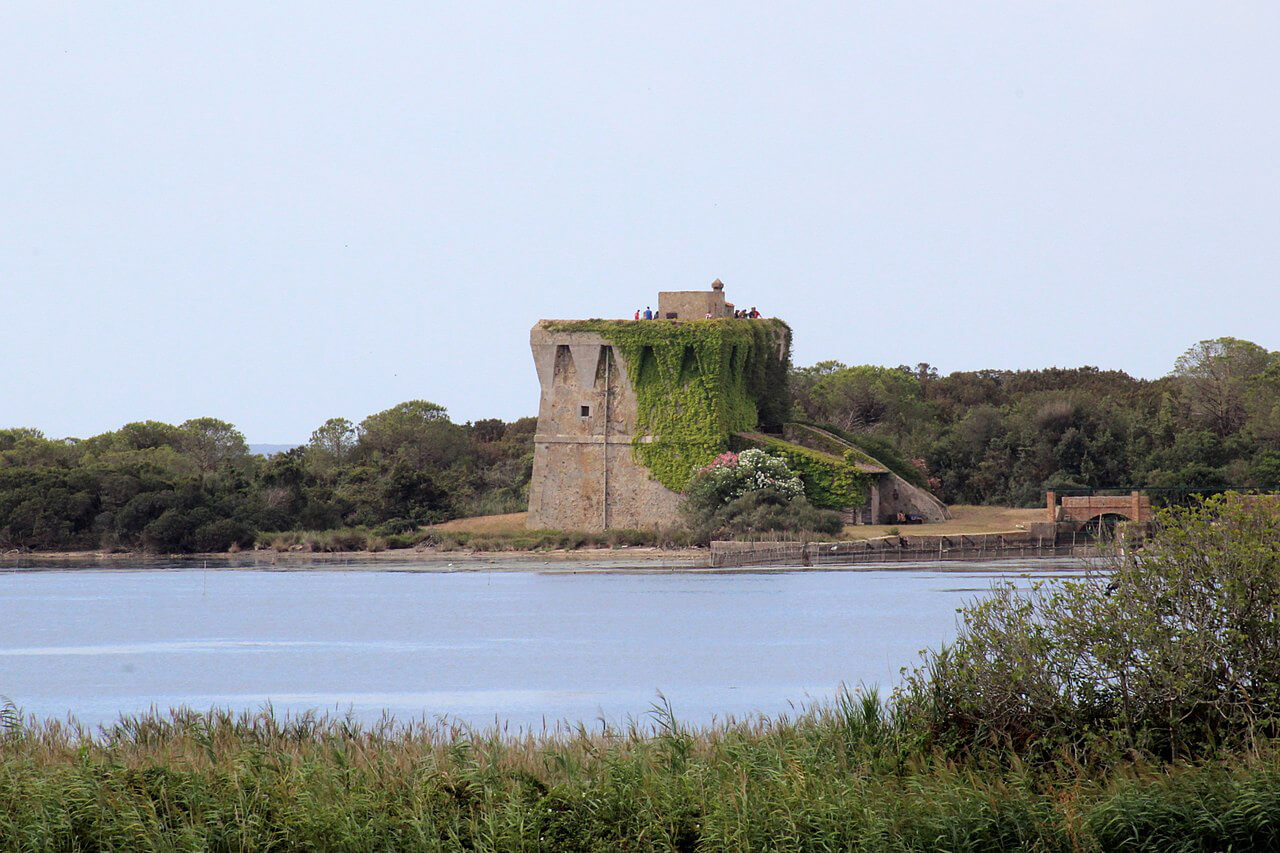
Lake Burano is such a significant meeting point or wintering spot for various species of animals. This area hosts one of the most precious flora and fauna in the whole world.
Here, you will be able to do some good birdwatching and you will have the chance to use supporting materials like: equipped paths, observation huts (full of rare marsh birds, and freshwater/saltwater fish), and a visitor center.
Italy Travel Secret
The lake, a brackish coastal pond formed from an ancient emerged lake, spans 140 hectares with an average depth of 1 meter. The 12-kilometer shoreline features pioneer vegetation on the sandy beach and a dune with over 500 plant species. The oasis hosts 300 bird species and various mammals, including hedgehogs, foxes, and wolves. Trails and observation points, including six hides and a tower, provide a panoramic and accessible view along the dune.
Best Places to Stay in Capalbio
While quite small and perched, Capalbio surprisingly offers multiple and characteristic accommodation options (rented houses/rooms or farmhouses) ready to satisfy every type of visitor’s request. Check out our top list for some majestic, medieval and unexpectedly fascinating stays in Capalbio.
Ancient farmhouse with a view of the Tuscan Countryside
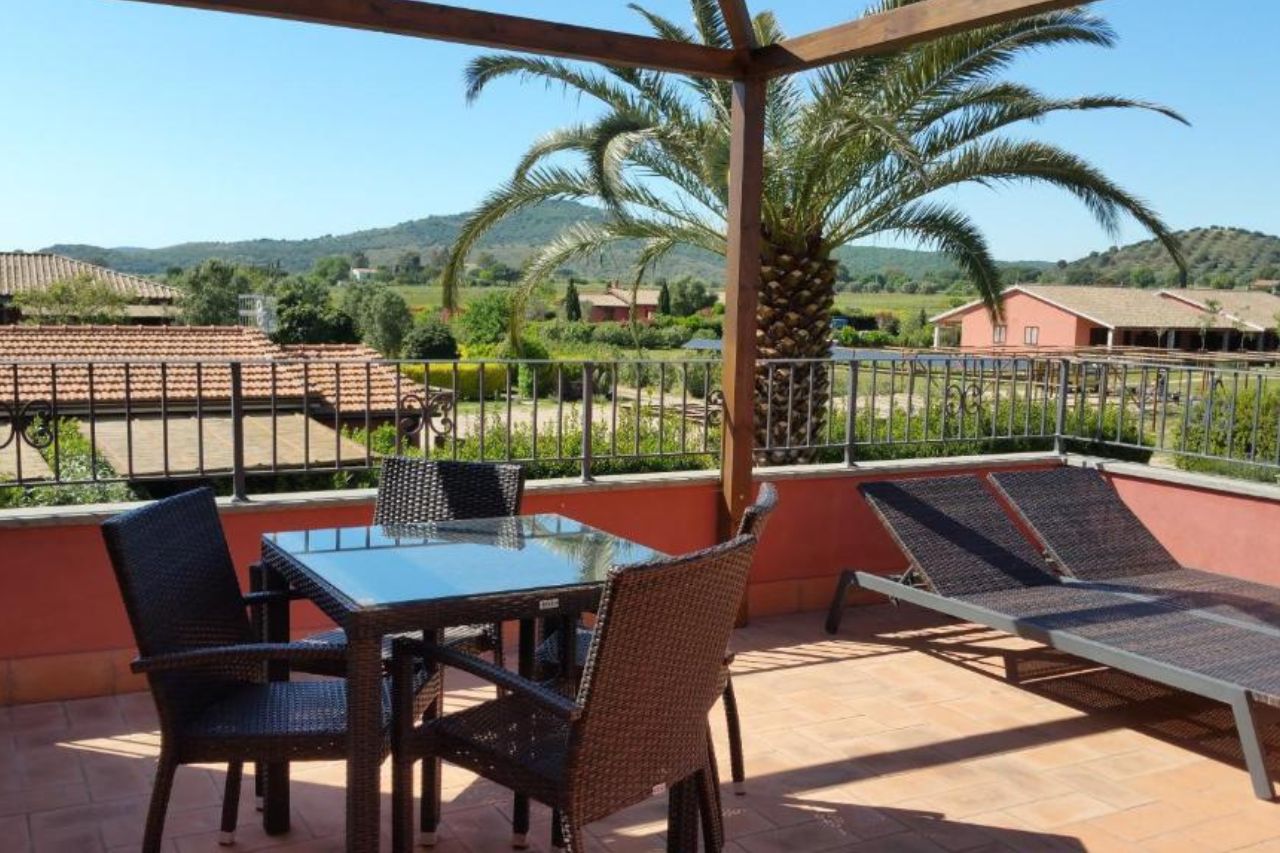
Strictly close to the Etruscan ruins of Capalbio center, the Agrialbergo Capalbio features aesthetic Renaissance rooms for rent with typical wrought iron beds, a large garden with free parking, and a taste of typical Italian homemade pies and local delicacies (savory and otherwise). This charm looks compatible for those people who like long promenades amongst nature and want to easily reach (from Capalbio) Ansedonia beach or Monte Argentario.
Modern farm close to the seaside area
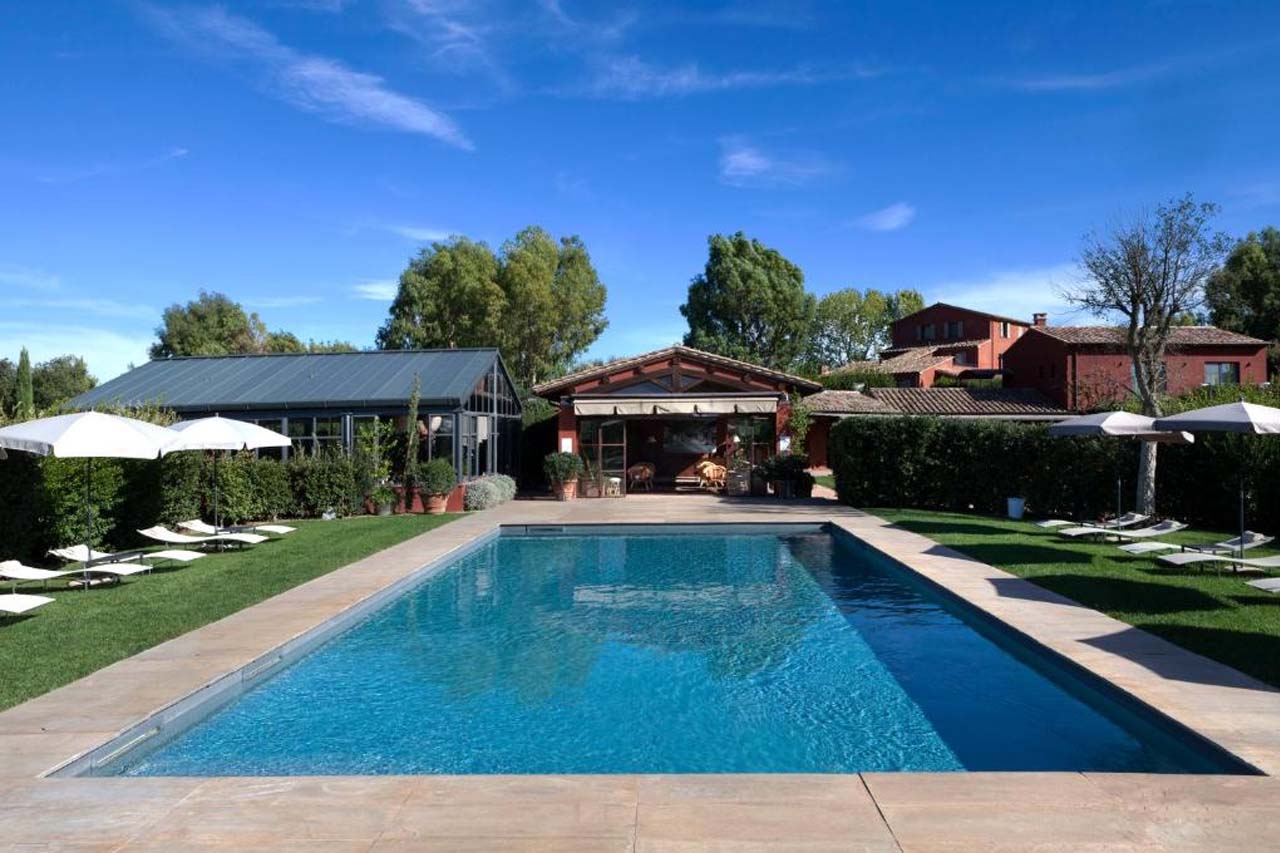
Just 4 km far from Capalbio, the Locanda Rossa offers a breathtaking view of the hills of the Tuscan Maremma. Central and practical for those arriving from the main railway station, this farmhouse offers modern and warm rooms, breakfast included in the service with oil and honey made by the owners. The place is ideal for those who want to quickly reach the historic center, the main museums, and the tomb of Brigante Tiburzi.
Centrally located B&B

Close to the ‘Little Athens’, The Valle del Buttero offers classic-style rooms or apartments with balconies. A mix of nature, open air, and warmth typical of Italy.
Capalbio Beaches
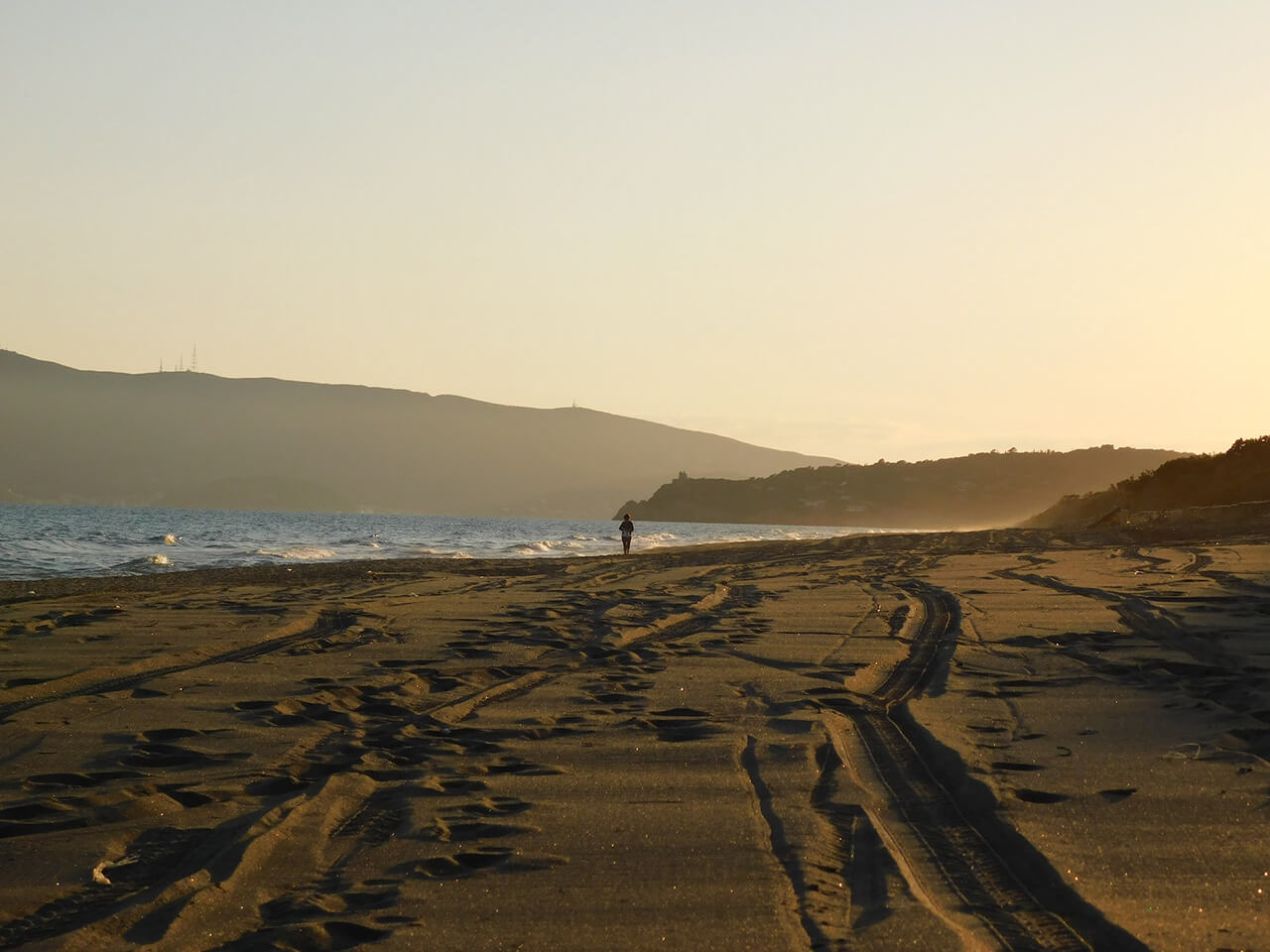
Capalbio is full of maritime surprises. Indeed, It’s impossible not to notice important beaches such as: Macchiatonda and Graticciaia.
The first one is considered one of the first beaches born there. Anciently (15th century circa), it was also used by indigenous because of its suggestive wonders that mixed wild dunes and the blue water of the sea.
Graticciaia is known for its pristine nature that favors the rediscovery of total tranquility. Here, you will find crystalline water, clean beaches, and a warm sun which will make you live a dream.
How to Get to Capalbio
Located in the south of Tuscany, Capalbio is just over three hours from Florence and about 1 hour and 50 minutes from Rome. The proximity of the medieval village to other Tuscan cities (including Siena and Grosseto), makes Capalbio an essential destination for your Italian journey.
Therefore, you’ll be able to reach this town both by car or train and extraordinarily by plane.
From Florence
By car, from Florence, you can easily drive to Capalbio by following the A1 highway and by taking (after a few km) the Florence-Certosa exit. After that, you must go towards Grosseto by using the SS 223 (principal road) and then the SS1 Aurelia (main highway) towards Rome.
From Rome
From Rome, on the other hand, you can drive through the A12 (highway) towards Civitavecchia and then you’ll reach the Aurelia freeway. We also recommend you go to Capalbio by flying from your motherland to Fiumicino (Rome) and then by taking a train which will take you to the town’s main station.
What to see around Capalbio
Capalbio is such a strategic town for those who are planning to explore nearby places such as: Porto Ercole, Orbetello, Monte Argentario, Pitigliano, and Giglio Island.
Porto Ercole
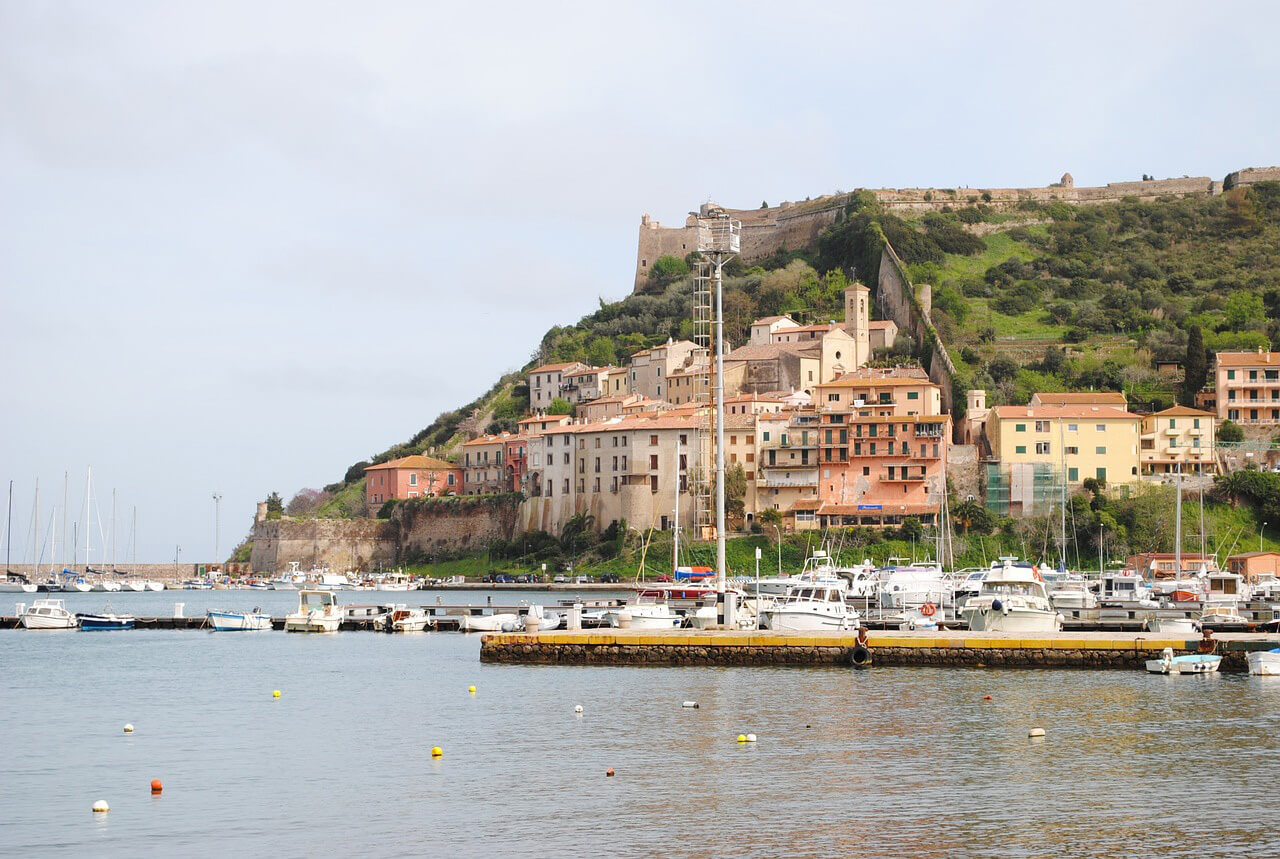
Linked to the Argentario promontory, Porto Ercole is a really appreciated place in terms of nature, beaches, and cultural beauties. Indeed, we suggest you not miss spots like: Feniglia Beach, the Walls, the Pisan Gate and many other churches which will make you feel part of another world.
Orbetello
Orbetello is majestic because of its proximity to the seaside area (Feniglia and Giannella). There, you’ll be able to visit the famous Spanish Mill, the WWF Oasis. Also, you’ll have the possibility to rent bike tours and discover the Mediterranean coast by strolling along those streets.
Monte Argentario
Monte Argentario is, surely, the most appreciated place by VIPs and international tourists. This is because there are many intimate spots where you’ll be able to enjoy days full of total quietness and rest. It’s also a strategic spot to reach Giglio Island by ferry boat.
What is Capalbio Known for?
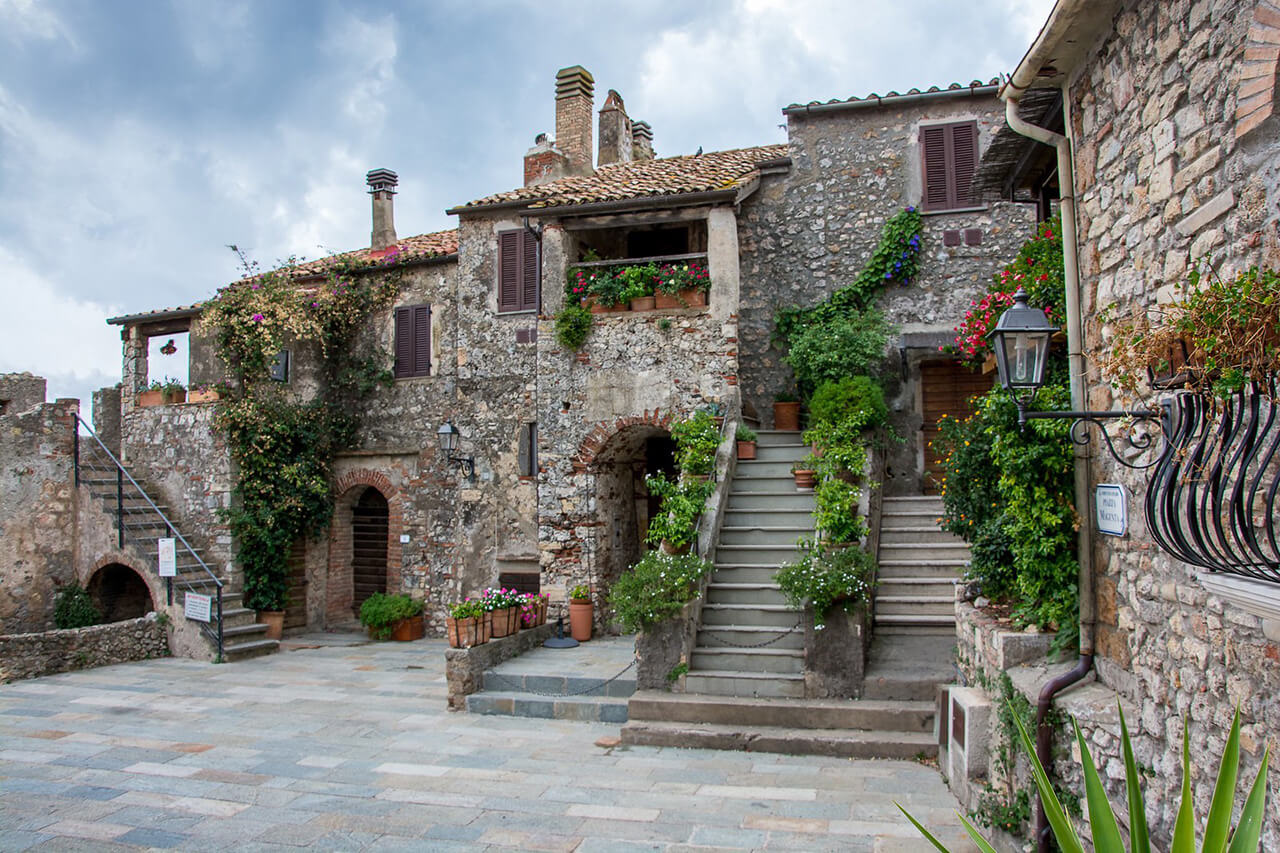
Would you like to experience the Italian dolce vita or travel back in time, surrounded by monuments, remains, and sculptures that have made the history of the Bel Paese and remind you of the Middle Ages era? Capalbio, then, is surely the right choice for your trip.
Capalbio is one of the most loved towns in the whole of Tuscany (especially during summer) because of its proximity to the coast and because of the beauty of its treasures. From the mighty and aesthetically powerful Rocca Aldobrandesca to the Oratorio della Provvidenza (with frescoes painted by Perugino and Pinturicchio), to the suggestive Church of San Nicola or to the Castle of Capalbiaccio. Let’s not forget, then, festivals and local markets.
Conclusion
Wrapping up, Capalbio offers a unique glimpse into medieval Tuscany with its rich history, stunning architecture, and beautiful natural landscapes.
Visitors can explore ancient ruins, enjoy local cuisine, and relax on pristine beaches, making it a must-visit for anyone seeking an authentic Italian experience.
Whether you’re interested in history, nature, or just looking for a peaceful retreat, Capalbio provides a memorable journey into the heart of Italy’s cherished heritage.


